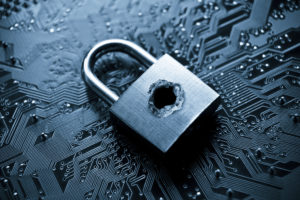
While the internet is certainly a great tool for research, messaging, project delivery, and a laundry list of other great things, it’s not without danger. Ever since the days of dial-up, the concept of computer viruses has existed, and with the vastly increased speed of today, a system is more vulnerable than ever. From basic adware to sneaky key-loggers, all sorts of nasty bugs exist on the web. So how do we stay safe?
This is important especially for a healthcare oriented workforce. Information related to medical records and countless patient info has to be protected, and doing so requires a bit of education. Proper practices and the right kind of software are major factors in avoiding unwanted malware, so here’s a few tips to keep your staff in the know.
1 – Understand network rules
Before anything else, a healthcare organization should have its own list of policies to abide by for network use, whether that’s general browsing or the handling of certain files. Indeed, even seemingly small things like opening emails need their own safety policy, to which staff should understand completely. Not following those policies places data at risk, so penalties too need to be strict.
2 – Avoid unfamiliar websites, emails, and messages
When in doubt, air on the side of caution. Most malware or other security breaching techniques are delivered through links or executables. Emails, for instance, might have an unfamiliar sender with various links or requests for account information. These should be ignored, as clicking the link often leads to delivering a virus payload. Make sure staff understands ways to identify these shady messages, seeking out errors like spelling mistakes, “official” emails, or requests for information.
3 – Network logins
Modifying passwords every month or so is another good habit to have. Healthcare workers should have passwords for their network logins (assuming the medical facility runs their own) but not rely on it overly so. They should also know to make complex ones, with variances in numbers, capital letters, non-phrases, and whatever else they think of. This is because simple security breaches occur because of basic or factory-default passwords and are often what malicious third parties look for.
4 – Proper malware response
Human error is one of the bigger culprits regarding viral infections and is what malware relies on most. In these cases, healthcare staff (or some of them) should know proper response methods. Mostly, this is just utilizing anti-virus software. In worse cases though, staff should be aware of properly containing or disconnecting from the network to keep the malware in one place. Depending on the type of bug, doing thorough scans might be required, but IT or trained staff can keep the problem from getting worse.
These are not usually routine issues, and anyone operating with a bit of caution and common sense will avoid cyber security problems entirely. These tips are still good to know however, and will keep medical staff prepared for attempts to breach network security.




